Make Animal Manure into Fuel Pellets
What about the Cow Dung Fuel Pellets Making Procedure ?
1.Drying
2.Crushing
3.Pelletizing
There are many cow dung in cow farms and it may cause pollution to environment if the dung are not properly deal with. Using stalk pellet mill to make cow dungs into fuel pellets, we do not only find a proper way to deal with the “waste” but also turn waste into valuable. Cow dung fuel pellets are a green energy to become a substitute of traditional fuels like coal, fossil oil and gas.
Here is a great way to save money on heating bills – Burn Horse Manure!
It perhaps sounds smelly and creasy, but actually it is feasible and best of all its free! Horse owners can choose to make horse manure into fuel bricks by biomass briquetting machine. After being pressed into brick shape and died in the open air, the horse manure will get rid of foul odors. What’s more the ashes after the burn are great fertilizer for crops. In a word, horse manure or dung briquettes are eco-friendly fuel for heating and cooking.
| Fuels | Values |
| Commercial fuels | |
| Coal(gross calorific value)a | |
| Hard coal | 5000 |
| Lignite beown coal | 2310 |
| Charcoal | 6900 |
| Petroleum products (net calorific value) | |
| LPG | 10800 |
| Gasoline/naptha | 10500 |
| Kerosene | 10300 |
| Jet fuel | 10400 |
| Fuel oil | 9600 |
| Natural gas | 8000 – 9480 |
| Electricity | 860 |
| Agricultural residues | |
| Paddy straw | 3000 |
| Rice husk | 3040 |
| Mango leaves | 3390 |
| Groundnut | 4200 |
| Sugarcane | 3800 |
| Wheaat straw | 3800 |
| Cotton stalks | 4700 |
| Maize stalks | 3500 |
| Maize cobs | 3850 |
| Bajra stalks | 3950 |
| Gram straw | 3810 |
| Masoor straw | 3980 |
| Forestry residues | |
| Wood wastes | 2500 – 3850 |
| Bark | 2500 – 2850 |
| Animal wastes | |
| Cow dung | 3290 |
| Cow dung cake | 3140 |
Avaliable Raw Materials
Manure of horses, sheep, goat, poultry, goats, ponies.
You can also mix the manure with straw and other biomass materials.
Advantages of Manure Fuel Pellets
1. Save energy and help improve the rural environment.
2. A profitable investment project.
3. High heat
4. Good substitute of coal and oil (the cost is only 10% of coal).
Calorific Values and Combustion Chemistry of Animal Manure
Manure and other agricultural wastes have been used as a source as of heat and power by many countries around the world for centuries. Even today, this technology is finding modern applications around the U.S. In Vermont, for example, the energy biomass resource center has also studied the feasibility of manure-based bio-fuels while the construction of a biomass briquetting plant using crop residues in underway in Maine. But straw-pooh briquettes are a novel product with no existing market.
In the absence of policies to account for externalities such as impact on public health and the environment, the cost of fuel largely determines wholesale cost of power(along with capital costs and other operating costs), particularly in the case of coal and biomass.
The higher heating value of manure scraped from cattle feedyard surfaces depends primarily on its ash and moisture content. If the manure’s ash and water were completely removed with only the combustible fraction remaining as a residue, that (primarily organic) residue would have a higher heating value (HHV) of about 8,500 BTU per pound, as determined experimentally by Annamalai et al. (1987) and Rodriguez et al. (1998). That figure of 8,500 BTU/lb is known as a “dry, ash-free” (DAF) fuel value. To estimate the HHV of actual feedyard manure (i.e., in its “as-received” or “as-is” state), which always has some ash and some moisture in it, you can multiply the 8,500 BTU/lb figure by (1 – ash) and (1 – moisture). In this case, “ash” is the manure’s ash content expressed as a fraction (dry basis), and “moisture” is the manure’s moisture content as a fraction (wet basis). For example, a manure sample having 40% ash (dry basis) and 20% moisture (wet basis) would have an HHV of approximately: HHV(ash = 40%, moisture = 20%) = 8,500 BTU/lb x (1 – 0.40) x (1 – 0.20) = 8,500 x 0.6 x 0.8 = 4,080 BTU/lb Cattle manure (as excreted) has about 75% moisture and 15% ash, which translates to an HHV around 1,750 BTU/lb. On the feedyard surface, it generally dries out and may reach moisture contents as low as 15 to 20%. Depending on whether the corral surfaces are paved or native soil, the ash content may increase dramatically. HHV values between 2,000 and 5,000 BTU/lb are common, but they are highly variable because of moisture and ash dynamics of these outdoor facilities. Fuel value of manure generated in full confinement?under roof, on concrete?can be more tightly controlled.
Factors that Affect Fuel Costs Include
Raw materials costs.
Cost of conversion to usable fuel.
Delivery costs to the conversion plant and the power plant
Fuel efficiency (heating value, in energy per unit mass)
Biomass reduces pollutants emitted in power production. Burning biomass is considered carbon neutral: net carbon emissions are zero, thus helping utilities to reduce their carbon footprints. Since there is no carbon reduction policy and no monetary value to reducing their carbon footprints, utilities have no reason to use biomass based fuels.
“Experimental” Cow Dung Project To Heat 1,100 Dutch Homes
From chickens to cows to algae, energy generated from biomass is making a big impact worldwide. With last year’s launch of the world’s largest biomass plant in the Netherlands – running on chicken manure – another Dutch biomass energy project has now launched to provide 1,100 homes with heat converted from cow dung. Located in the northern rural region of De Zuidlanden (Leeuwarden), the plant will use dung from a local dairy farm that will be fermented anaerobically with grass and discarded food to produce biogas. Touted as an “experimental dairy farm”, the manure will also power the plant’s wind turbines. In addition, a special 5.5 kilometer-long biogas pipeline will be used to bring power to the local thermal plant’s wind turbines.
The experiment could open new possibilities for farmers who are interested in the profits of converting agricultural residues into energy. Currently, in addition to the differing composition of the biogas being produced, the wider Dutch gas network is not equipped to accept gas from the fermentation plant.
Popular perceptions about renewable energy from biomass sources needs to be transformed as well. “The citizens need to see where their electricity comes from. If they can’t imagine, it is difficult to spread the message,” says Dutch minister of agriculture Gerda Verburg. “Residents of the new district were the [1,100] houses will be built should be driving around and then say to each other: ‘Look, that cow gives us warmth'”.
Cow Dung Fuel Pellet Machine for Dairy Farms
|
|
|

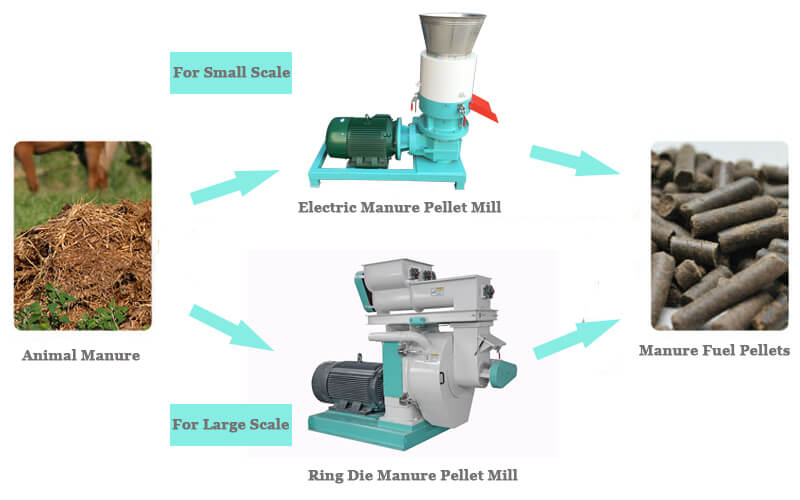




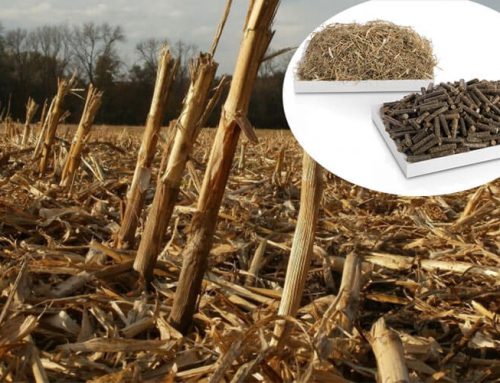
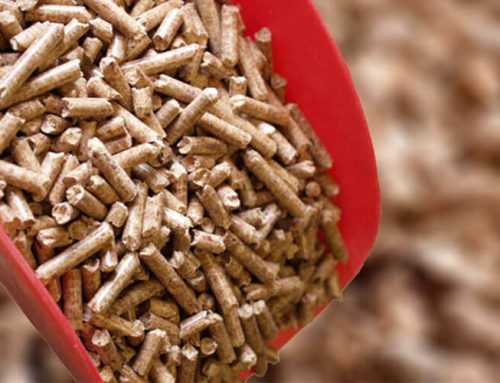
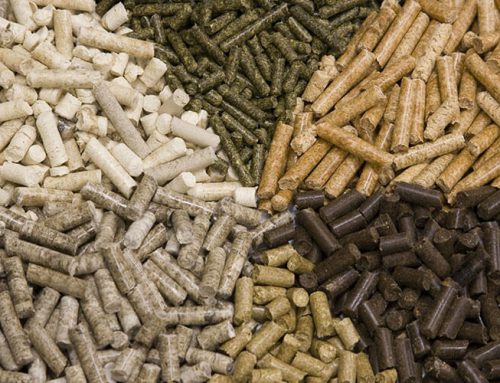
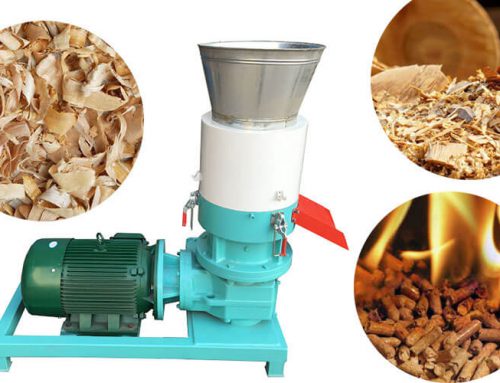
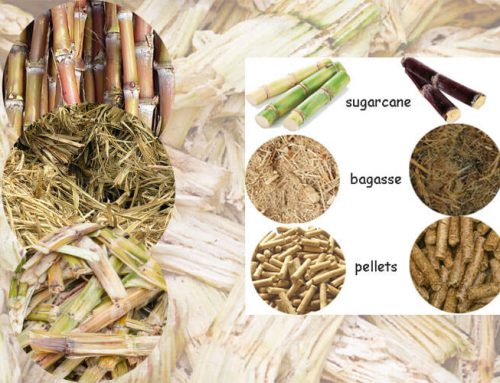
Leave A Comment